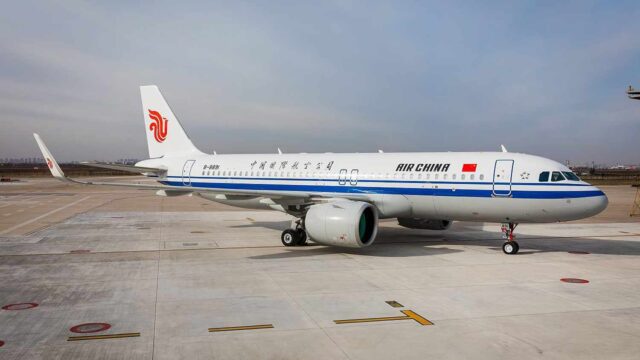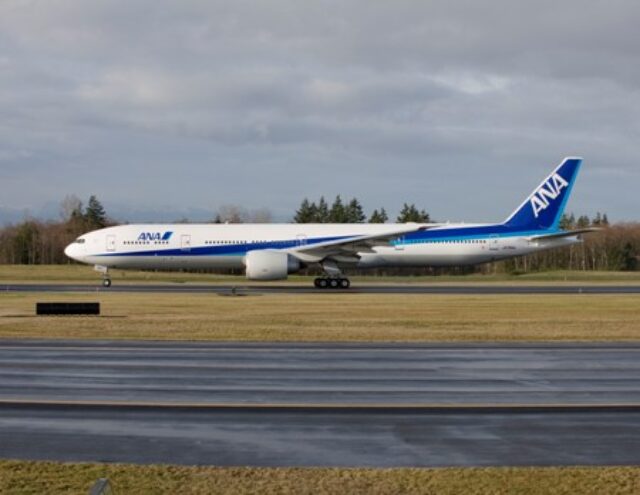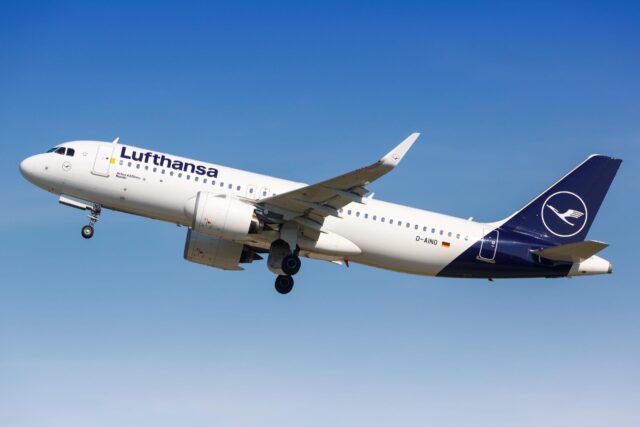Lockheed Martin delivers F-35s with truncated TR-3 software
September 11, 2024

On 29 August, the F-35 Joint Program Office (JPO) announced that Lockheed Martin had delivered a new batch of aircraft, equipped with the ‘truncated’ version of the problematic TR-3 upgrade, though it referred to this as being an ‘improved’ version.
The new Technology Refresh 3 (TR3) is primarily a hardware upgrade intended to enable and facilitate the planned Block 4 suite of upgrades, with updated panoramic cockpit displays, extra computing power and modernising the computational core of the F-35 air vehicle.
Despite the modest scope of TR-3, technical problems mean that the upgrade is now running three years behind schedule, and has resulted in a $330 million increase in the F-35’s development costs. Only 21 of the 52 F-35s that should have been ready for delivery by the end of December 2023 actually contained all of the required TR-3 hardware, and two unspecified components caused a significant bottleneck in the ramp up of TR-3 hardware production. Once these hardware issues were resolved, flight testing revealed unexpected issues with software stability. In particular there was a disparity between software stability on the ground, in Lockheed Martin’s fully representative laboratory ‘rigs’, and the stability of exactly the same software when flown ‘live’ on F-35 flight test aircraft.
Deliveries planned for July 2023 were pushed back, with Lockheed Martin initially aiming for a new target of April-June 2024. This date was missed, and in May 2024, the GAO reported that the software problems were still ongoing, and that some test pilots had needed to reboot their entire radar and electronic-warfare systems in flight to get them back online. The first production F-35 in an early version of the Tech Refresh 3 configuration was flown during the week commencing November 13, 2023 at Fort Worth, but it could not be delivered, and the US DoD . New Lot 15 aircraft coming off the production line went straight into storage, and the DoD refused delivery of all aircraft built to this standard until the software is cleared. In January 2024, Lockheed Martin said that the number of aircraft in store could soon reach 100-120 aircraft, but predicted that it would begin delivering TR-3 equipped aircraft during the third quarter of 2024 (eg between July and September).
The Pentagon withheld payments on the sequestered aircraft, but agreed that it would
accept an interim, ‘truncated’ version of TR-3 (release 40P01), assuming that a stable, capable, maintainable software version could be achieved.
The truncated software lacks many of the originally specified capabilities, and is suitable only for pilot familiarization and limited training, but is intended to be safe, stable, and useful for training. The final, fully combat-capable software load (40P02) should follow about one year (12-16 months) later, assuming that the truncated release gets it ‘right first time’, without needing incremental software releases to test and implement critical fixes.
The truncated software was declared safe for operations in July by Lieutenant General Michael Schmidt (director of the JPO). Delivery follows an agreement between the JPO and Lockheed Martin, under which the Pentagon will withhold US $5 million of each aircraft’s $82 million price, for each F-35 that was supposed to be upgraded to the TR-3 standard but that has not yet been delivered.
Jim Taiclet, the CEO of Lockheed Martin, said that F-35s equipped with the truncated software could: “reach squadron, wing, and regional commanders so they can start training their pilots on them, training their maintenance organizations, and also acquiring the basic infrastructure, spare parts, tools, and so on. They could be deployed in real combat operations if necessary.”
The announcement was made one day after Lockheed Martin secured several F-35 related contracts (totalling US $5 Bn) for the delivery of simulators, spare parts, technical support, and other services. The JPO said that these would benefit the speed and agility of the F-35 enterprise in deploying new capabilities and would accelerate “significant investments in development laboratories and digital infrastructure.”
















